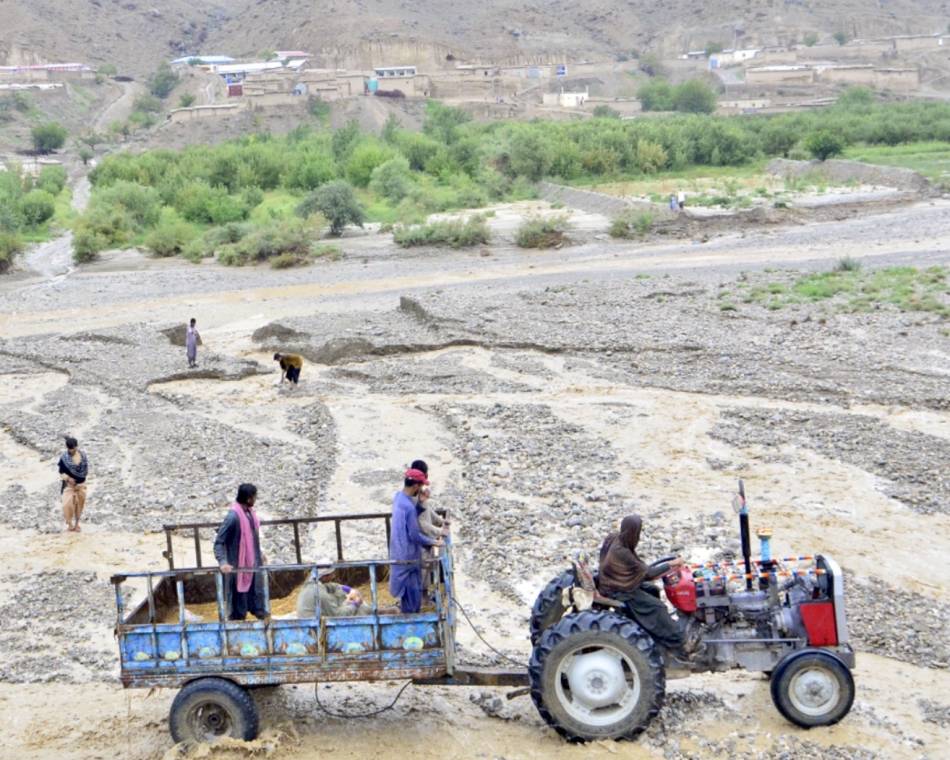Flood-ravaged Pakistan faces major public health threats from waterborne and infectious diseases, the World Health Organization cautioned on Wednesday.
Massive monsoon rainfall and unprecedented levels of flooding is aggravating pre-existing disease outbreaks. Those include acute watery diarrhea, COVID-19, dengue fever, malaria and polio.









